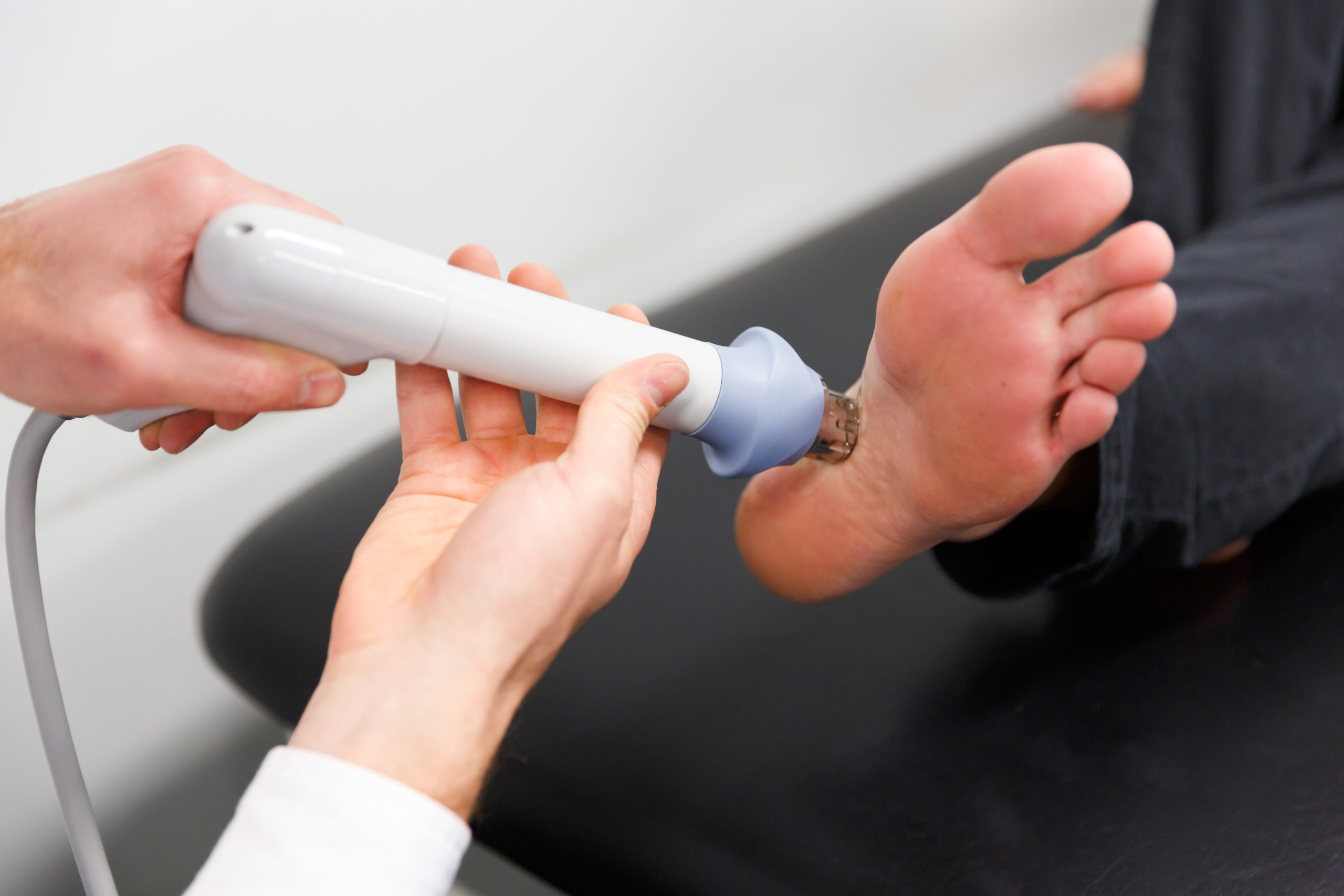

Distance running is becoming increasingly popular. Marathons across the world are now getting some of the highest participation rates ever.
At the same time, distance running can sometimes lead to injuries. In fact, it is estimated that the incidence of injury in endurance runners is between 30-80% – and most of these are foot and ankle injuries.
Here are some examples of common injuries, and how you can lower the risk of injury, from distance running.
Common injuries in distance running sports
- Stress fractures
Stress fractures in runners most typically affect the tibia and fibula leg bones as well as bones of the foot and ankle. High-risk foot and ankle fractures include fractures of the fifth metatarsal, and of the navicular bone on the medial (inner) side of the foot.
These types of injuries sometimes arise from suboptimal training loads that can lead to an imbalance between the cells that breakdown and re-build bone tissue. This in turn can result in micro fractures and breaks.
Symptoms include localised pain during training – at first towards the end of the run, but if left untreated, then earlier in the run or even during rest.
- Ankle sprains
Ankle sprains represent about 1% of running-related injuries. Sprains to the ankles tend to be more common in sports involving stop-and-go motions, such as football and tennis.
In some cases, ankle sprains can result in persistent pain years after the injury occurred. Read more




